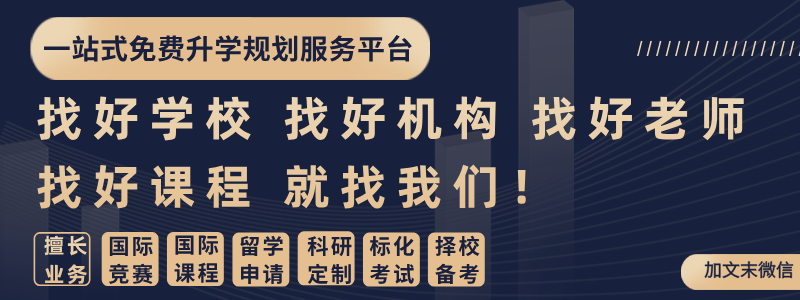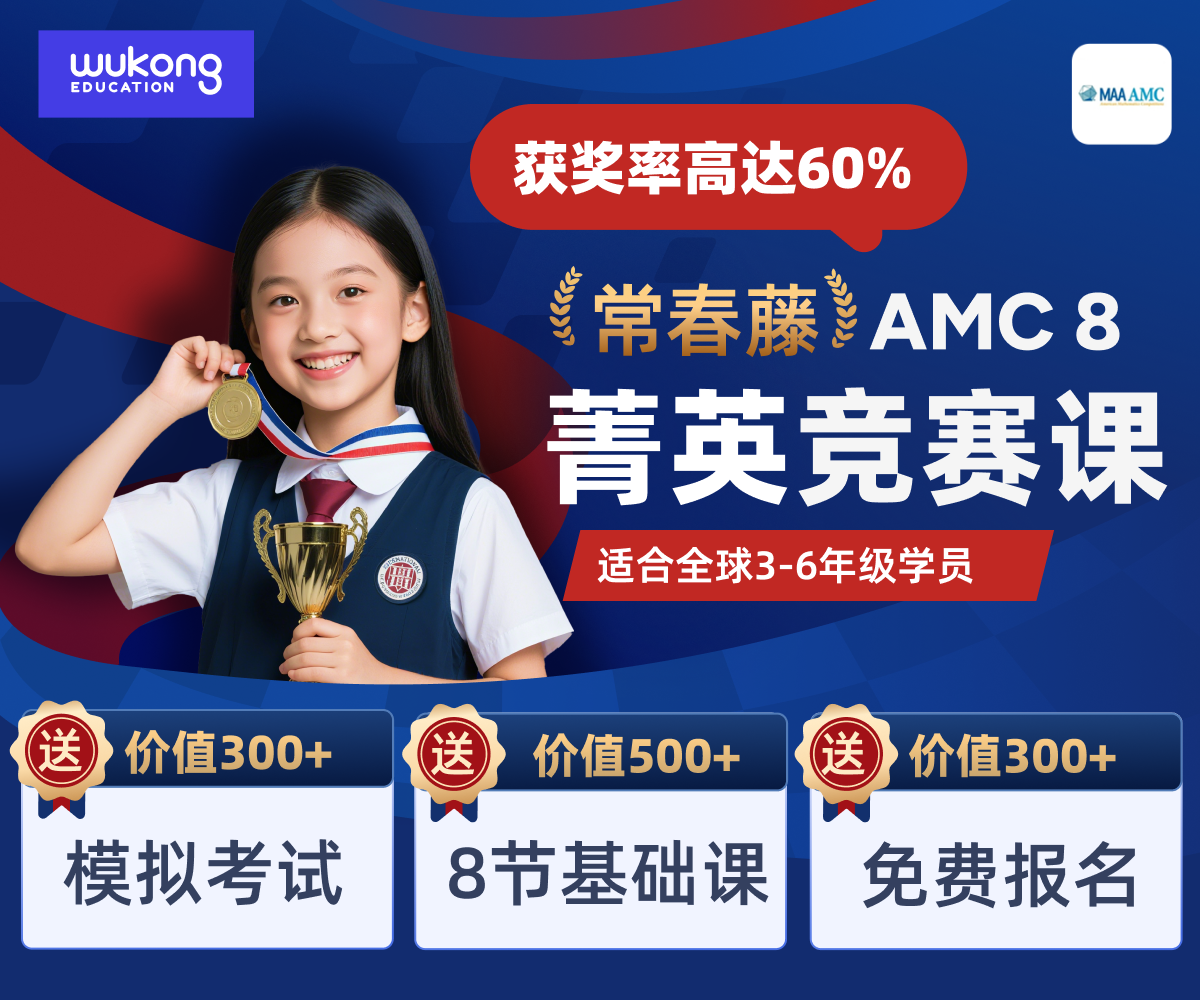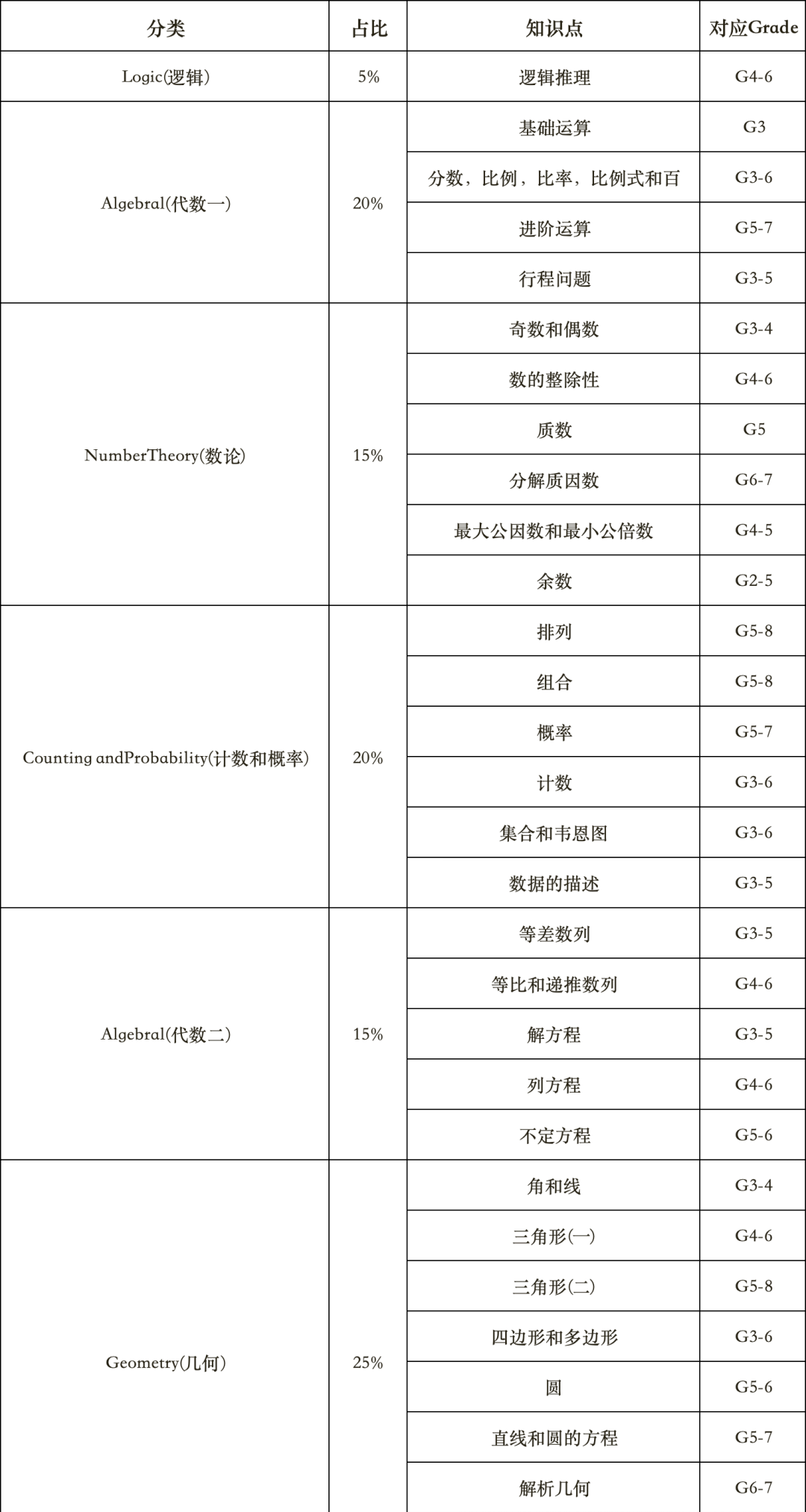在之前的文章里,我们根据耶鲁大学招生官的谈话,了解到在他们眼里“什么样的文书才是合格的?”
那么今天,我们继续跟进耶鲁招生官的播客内容:美本文书创作时的九大误区,以及相对应的改进意见。
这可是耶鲁招生官的意见哦~
我把内容总结为以下四个点:
- 招生官的审阅心态与核心评判标准
- 主文书误区深度剖析与具体改进建议
- 从误区反推优秀文书的核心原则
- 给申请者的最终行动指南
文末附优质文书范文
一、招生官的审阅心态与核心评判标准
招生官开篇明确,探讨文书误区的目的并非吹毛求疵或嘲讽申请者,而是出于对“错失良机”的深切惋惜。他们重申,文书的核心价值在于构建一座桥梁,让招生官得以“认识”文字背后的、鲜活的申请者。因此,一篇“不管用”的文书,未必是语法错误频出或结构混乱的糟糕文章,而是指那些未能有效达成“自我介绍”这一核心使命的文字。
这里并不是说以下出现的主题都不能写,招生官的重点在于“做出这些选择时可能会遇到的坑”。
一个贯穿始终的评判标准是“So what?”测试。招生官汉娜分享了她高中英语老师的批改方法——在段落末尾直接写下“So what?”——这恰恰是招生审阅时的真实心理活动。如果一篇文书在阅读完毕后,无法让招生官感受到其内容与申请者当前的人格、思想或潜力有重要关联,那么这篇文书便陷入了“无效”的境地。
这个时候招生官就会在心里默念:So what?你写了这一堆,但是我没看到我想看到的。
需要特别强调的是,触犯这些误区绝非意味着自动被拒。招生官明确表示,每年都有在文书中呈现了这些特点的学生被成功录取。然而,这些选择无疑增加了沟通的难度,浪费了展现自我的宝贵空间。避开这些陷阱,是为了更有效、更精准地利用文书这一平台,提升申请材料的整体力量。
招生官强调:文书出问题,并不是被拒绝的直接理由,每年有很多被录取的学生,其文书也踩过本文中提到的“雷区”,但他们依然被录取了,所以在谈“文书的重要性”前,一定要正视文书。
最后,招生官怀着高度的尊重与珍视对待每一篇文书。他们深刻理解青少年将个人故事托付给陌生人的脆弱与勇气,并始终铭记这份信任的重量。
二、主要文书误区深度剖析与具体改进建议
- 第三人称“惊喜”式开头
误区描述:文书以第三人称讲述一个故事(例如,“有一个小女孩……”),在文章末尾才揭示“那个小女孩就是我”。
为何无效:招生官马克指出,这一手法完全无法带来预期的惊喜效果。因为审阅者从一开始就清楚申请者是文书的主角。这种设计反而会让招生官在阅读过程中提前预知并等待那个“转折点”,从而分散了对内容本身的注意力。
改进建议:直接以第一人称开诚布公地叙述。如果你想讲述一个过去的故事,可以直接开始:“当我五岁的时候……” 将节省下来的空间用于深化反思,而非支撑一个无效的文学技巧。
2.沉溺于过去,与当下脱节
误区描述:文书绝大部分篇幅都聚焦在童年或初中早期(如5岁、7年级)的经历上,却未能充分建立起这些经历与现在(17-18岁)的你之间的有力连接。
为何无效:招生官汉娜解释说,从童年到现在,申请者已经经历了巨大的成长和变化。如果文书只停留在过去,招生官会感到沮丧并提出核心疑问:“但是现在的你呢?” 他们无法从一篇沉溺于过去的文书中,清晰地看到你如今的模样。
改进建议:如果选择早年经历作为起点,应将其作为引子,快速过渡到它对你当前的性格、价值观或志向产生了何种具体、持续的影响。文书的重点在于展现“过去的经历如何塑造了现在的我”。
3.“求职信”式文书
误区描述:文书内容基本上是对申请材料中“活动列表”的复述和扩写,就像一份附在简历上的求职信,旨在解释和强调已有的成就。
为何无效:这犯了重复信息和浪费机会的双重错误。招生官马克指出,活动列表已经存在,文书的空间应用来展示列表无法呈现的内容——你的内心世界、动机、感悟与成长。用文书重复简历,是最大的机会浪费。
改进建议:可以选择活动列表中的一项进行深入挖掘,但焦点必须是反思——这项活动为何对你意义重大?它带给你的挑战、感动或改变是什么?你从中学到了关于自己或世界的什么道理?要提供活动列表之外的新维度。
4.程式化的“祖父母去世”文书
误区描述:这是最常见且极易落入俗套的主题之一。典型叙事脉络是:描绘祖父母的美好生平→与他们的深厚感情→他们去世→表达悲伤。
为何无效:招生官马克坦言,其最大的问题是高度可预测。一旦文书开始回忆祖父母,审阅者几乎能预见到结局。这使得文书难以留下独特印象。
改进建议(希区柯克式叙事法):马克借用导演希区柯克在《惊魂记》中提前杀死主角的叙事策略,提出了一个颠覆性的建议:如果一定要写这个主题,请将“去世”这件事放在文书的前段(例如第一幕)。这样,你就可以腾出绝大部分篇幅来探讨更深层的内容:这场失去如何改变了你的世界观?你如何理解生命与记忆?它如何让你变得更坚韧、更感恩?将重点从“事件本身”转移到“事件对你的影响”上。
5.“低俗”幽默与追求震撼效果
误区描述:在文书中使用低俗笑话,或刻意追求惊悚、骇人听闻的内容以图“脱颖而出”。
为何无效:首先,这是品味问题,触及了专业场合的红线。其次,招生官汉娜强调:“你震撼不了我们。” 鉴于他们庞大的阅读量,几乎已阅尽各种离奇故事。试图以“出位”博眼球,往往适得其反。
改进建议:坚决避免。文书的吸引力应来自于思想的深度、情感的真实与叙事的真诚,而非内容的骇人听闻。
6.“与大多数人不同”的论调
误区描述:在文书中使用“Unlike most people…”(与大多数人不同……)之类的句式,通过贬低或区别于一个模糊的“大多数”来凸显自身独特。
为何无效:招生官马克指出,这种表述会显得申请者傲慢且缺乏共情。它传递出一种“我优于常人”的意味,这会引发招生官的担忧:在一个多元化的校园里,你是否会继续以这种“对立”的方式定义自己?你是否能真正尊重并与背景各异的同学平等相处?
改进建议:专注于正面阐述你自己的经历、信念和特质,而无需通过与他人比较来证明其价值。可以说“我相信……”、“我的经历让我……”,而不是“与大多数人不同,我……”。
7.“给未来室友/自己”的信件形式
误区描述:采用书信体,尤其是写给“未来的室友”或“未来的自己”。
为何无效:招生官认为这是一种华而不实的噱头。大量的篇幅会被浪费在书信格式本身(如称呼、寒暄、结尾敬语)上,而不是用于实质性的内容与反思。马克指出,这种格式本身会成为一种负担,损害文书的空间利用效率。
改进建议:虽然可以作为头脑风暴的练习,但在最终稿中,最好将你想对室友或自己说的话,整合成一篇直接、流畅的第一人称叙述文。
8.有失败无成长的故事
误区描述:文书详尽地描述了一次失败、错误或困境,但叙事却“停留在泥潭中”,没有足够篇幅来阐述你如何从中爬起、学习、成长或获得启示。
为何无效:招生官理解展示脆弱是可贵的,但他们更想看到的是韧性与成长型思维。只谈失败不谈反思与行动,会让人感觉申请者尚未从挫折中汲取力量。
改进建议:遵循“挑战-行动-成长”的结构。用较少篇幅描述失败本身,重点放在你的反思过程、采取的改进措施以及最终获得的领悟上。回答“那又怎样?”——这次失败如何让你成为了一个更好、更强大的申请者?
9.“过度使用所谓高阶词汇”的文风
误区描述:文书充斥着不自然、假大空的词语,显得矫揉造作,失去了个人真实的声音。
为何无效:招生官汉娜创造了“over-thesaurused”一词来形容这种现象。它使得文书丧失了真实感与可读性。马克举例说,当“speed”(速度)足以达意时,使用“alacrity”(敏捷)就显得刻意。他们希望听到的是你真实的声音,而不是一本行走的同义词词典。
改进建议:在完成初稿后,大声朗读你的文书。它听起来像你平时说话(当然可以更精炼)的方式吗?请老师或朋友听听,问他们:“这听起来像我吗?” 用清晰、自然、准确的语言代替故作高深的辞藻。
三、 从误区反推优秀文书的核心原则
通过剖析这些常见的误区,我们可以反推出耶鲁招生官所期待的文书应遵循的几个核心原则:
- 真实反思高于华丽叙事:文书的核心驱动力必须是深刻的、个人的反思,而非一个讲得巧妙却无关痛痒的故事。它必须回答一个关键问题:“这段经历/这个人/这个地方如何塑造了当下的我?”
- 空间效率最大化:650词的空间极其有限。每一个单词都应致力于提供新的、有价值的信息,增进招生官对你的了解。重复简历内容、支撑写作噱头或沉溺于冗长背景介绍,都是对空间的浪费。
- 真诚平实胜过刻意营造:文风的最高境界是“听起来像你”。这意味着摒弃为追求“深刻”而进行的过度戏剧化渲染,为显示“聪明”而堆砌的生僻词汇,以及一切让真实声音被掩盖的刻意设计。
- 立足现在,连接未来:文书可以回溯过去,但其最终的落脚点和最大的价值,必须体现在作为17-18岁大学申请者的“你”身上。阐述经历的重点在于它如何影响了你的成长、观念以及你将为大学社区带来的价值。
四、 给申请者的最终心态与行动指南
- 进行严格的“So what?”自我测试:在完成文书后,将其视为一个陌生人的作品来阅读,并不断追问自己:这段话让我对作者是否产生了一定的了解?它为什么重要?如果答案模糊,则需要深化反思,加强与你核心特质的连接。
- 信任直觉,但参考专业洞察:最终,如果你在经过深思熟虑后,坚信某个主题或方式最能代表真实的你,你拥有最终决定权。然而,务必认真权衡招生官这些基于数万份文书审阅经验所提出的深刻洞察,理解某些选择效果不佳的根本原因,这能帮助你做出更明智的决策。
- 视文书为整体拼图的关键一块:文书只是整个申请画像中的一部分。它不必承载全部压力,但应与你的成绩、活动、推荐信等其它部分相互印证、彼此补充,共同构成一个完整、连贯、真实的个体形象。
- 珍视并信任你自己的故事与声音:你是你自己故事的唯一权威作者与讲述者。在这个充满不确定性的过程中,真诚与真实是你最强大、最可靠的武器。勇敢地分享你的经历与思考,信任招生官具备足够的智慧与人性,能够感受到你故事中的价值与光芒。
以上就是今天的全部内容啦~
最后给大家推荐几篇优质文书范文:
第一篇:作者被哈佛大学录取,专家点评附加在文末了。(上下滑动阅读)
文书内容:
Of the memorable moments in my life when I have discovered one of my passions, almost all of them involve my bright yellow Crocs. Buying rubber shoes in such a conspicuous color was not a spontaneous decision; it took me two months to choose. I had been stalking crocs.com, clicking between the color options, and asking for the unsatisfying opinions of friends before what felt like my rom-com “meet cute” moment: a girl wearing a black tracksuit walked past me in Crocs the brightest shade of yellow I had ever seen. That very week, I opened my laptop and decisively purchased a size 8 pair of “Lemon” Crocs. Ten business days (and two months to build up the courage to wear my eye-catching kicks out in public) later, my self-discovery began.
I was wearing my Crocs when I recognized the importance of activism in young communities. This revelation came on a Saturday in March 2018. I took a 25-minute train ride down to Washington D.C. to participate in the March for Our Lives rally—my first protest. For all 25 anxiety-inducing minutes, my heart raced and my muscles tightened as I tried to ignore the probing stares from strangers wondering why I decided to pair yellow shoes with a green coat.
But my fears (both Croc and non-Croc related) quickly dissolved as I stood alongside activists that were my age; in front of a stage dominated by leaders that were my age; making me realize that the only thing stopping me from being a student activist, at my age, was effort. The young voices calling for change inspired me to step into my responsibility to use my voice to help those whose voices are being suppressed. I stood there for one hour, but what I saw was enough to encourage me to actualize my vision for a world where students are driven to engender social change through service. So, five months later, I co-founded The Virago Project (TVP), a student-led organization focused on building a community of activists like the ones I stood alongside in March. A “virago” is a woman displaying exemplary qualities, but the term has been twisted to demean assertive women. From its name to its activities, TVP is about redefining leadership.
After my day in D.C., I wore my Crocs to every student meeting TVP held. I wore them as we sold 150 handmade bracelets to raise funds for a local children’s home and again when we posted colorful cards with encouraging messages all over my high school. Walking into rooms full of ambitious student leaders using TVP as a jumping-off point for their own service projects, I beamed as their gaze met my sunny shoes and then shot up to my equally cheery smile.
“Dunni, why do you wear such noticeable shoes when you lead these meetings?” asked one of our activists.
Pleasantly dumbfounded, I could only respond with a curious smile—it’s not often that frivolous items lead to unintentionally philosophical inquiries. So, I held my tongue until the answer struck on a late-night in November 2019.
I wear such noticeable shoes when I stand in front of other student leaders because I want to model the kind of leadership that is as smile-inducing, deliberate, and visible as my Crocs. TVP has trained me to be, above all, altruistic, and I love that I get to learn and model this with a generation of world changers. It took me two months to decide I wanted a pair of sun-colored shoes but only two seconds and a model to realize that I desired the option I’d once overlooked. Now, I realize that, to curious strangers, I am the girl walking past in Crocs the brightest shade of yellow they have ever seen. And I am delighted with the thought that I could be the one to break someone’s cycle of indecision and social apathy.专家评语:
这篇文书堪称叙事真实性与意向性表达的典范——这两种特质正是最出色的大学申请文书的核心标志。作者以自信且如对话般的语调,通过亮黄色Crocs鞋这个出人意表的象征物,引出了关于身份认同、领导力与社会影响的深层主题。看似轻松的开篇轶事,逐渐发展成对可见性、发声与人生目标的深刻思考。
本文的独特之处在于将个人经历与社会议题自然衔接,毫无牵强刻板之感。作者不仅讲述了行动主义经历,更阐释了这一刻如何催生出一种充满愉悦、包容与自我认知的领导哲学。"The Virago Project"并非简历上的简单条目,而是她生活经历的自然延伸,通过生动的意象和自我反思变得鲜活立体。
需要牢记的是,招生官可能在一天内已阅读过50篇文书。他们期待看到新鲜独特、具体生动且情感饱满的内容。本文的成功在于:开篇迅速吸引读者,通过流畅的节奏感和幽默感持续维持兴趣,并巧妙融入主动性、社会意识和情商等精英特质。
我们始终强调:学生不需要惊天动地的伟大时刻也能写出令人难忘的文书——他们需要的是清晰的表达、深度的内省和独特的视角。这篇文书完美实现了这三点。它既流露真情又不煽情,展现抱负却不刻意表演。最重要的是,它塑造了一个敢于闪耀自我形象的学生形象——无论是以黄色Crocs还是其他方式。而这种充满自信的原创性,正是哈佛等名校招生委员会最看重的特质。
第二篇:依旧是哈佛大学甄选文书,“展示而非陈述”的正确用法。(上下滑动阅读)
文书原文:
The first bridge I ever built was made of paper and glue.
My 8th grade physics teacher tasked my class with building a bridge out of two pieces of paper. Instead of focusing on the paper, I applied layers and layers of glue, strengthening the paper each time. The following week, the bridge successfully held 22 pounds, setting the highest school record in 12 years.
Two years later, I began building bridges of a different kind.
The car that brought me from the airport drove away, and I stepped through the doorway into the tiny apartment in the small city of Troyan, Bulgaria. The walls were covered with my stick- figure paintings and childhood pictures.
I laid my eyes on the wise woman in front of me and leaned down to pull her into a hug – not so tightly that it would break her, but enough to show my love. Raising her wrinkly hands to wipe my tears of joy away, my grandmother mumbled a row of Bulgarian words of affection and smiled. I didn’t understand, but I smiled back.
Since she lives 1247.092 miles away from me, my grandmother is not always there to give me a hug when I need it most. Nevertheless, her heart of gold transcends physical distance and has taught me more than anyone about kindness, empathy, and compassion for others. Although she can’t walk me through the intricacies of Bayesian statistics or neuroscience for my upcoming test, she tries her best to understand my ambitions and goals, and contributes in other ways – whenever I have an important test coming up, she prays, lights up candles, and keeps them lit until I’m done.
I could purchase plane tickets to trek the distance that separated our homes, but two other gaps were harder to traverse: my aging grandmother’s health was deteriorating and I didn’t speak Bulgarian.
I sought to create bridges to close these gaps.
My grandmother suffers from rheumatoid arthritis, a disease that presses her body from every side, deforming her joints, and arching her back. She is the smallest person I know, but yet for me, the greatest.
I wished that I could show her the world and take all her pain away, but the only thing that I could do for her was building a bridge that would connect her to the knowledge she wouldn’t be able to access otherwise. I spent countless hours researching healthy meals to create a detoxifying and anti-inflammatory nutrition plan for her that would be easy to cook. The research paid off – the pain in her joints subsided.
When my grandmother and I “talked,” emotions flowed between our souls like stars fly through space. Words would only describe what we feel – but not show. It was like listening to a song, but not paying attention to the lyrics, only to the pain and passion in the singer’s voice and the flow of the melody.
In 2017, I decided that I finally wanted to learn Bulgarian. With a flashlight under my blanket, I started learning the Cyrillic alphabet and Audio CD’s with Bulgarian day-to-day conversations talked me to sleep. I surprised my grandmother by writing her a letter – written without Google Translate for the first time. Phone calls became much more frequent, and we grew closer together, but I wanted to go one step further. I moved to Bulgaria for a semester the year after in order to see her happy face when we could finally sing the song of our conversations – with the lyrics.
Seeing the influence my bridges had on my grandmother inspired me to build more. After I came back to Germany, I learned that bridges could be built between anyone.
In March 2020, my best friend’s mother confided in me that she was overwhelmed with the task of coordinating her children’s schoolwork at home during quarantine. It occurred to me that a platform for building bridges from younger students to older ones could take the load off of parents during this time. I quickly found that bridging these two groups of students leads to a higher learning efficiency since younger students often feel more comfortable studying with students that they can identify with. Soon, my startup was connecting a high-quality and often entirely subsidized learning resource to a socioeconomically diverse population of students from all over Germany.
I hope that by building bridges, we learn to better appreciate each other’s differences in order to create a more empathetic and connected world – together.
My bridge made of paper and glue eventually collapsed after holding 22 pounds. But my next bridge is always stronger than the one before. Above all, I will continue connecting others, and I am excited to see what bridge I will build next.
专家点评:
这篇文书好在哪?
这篇文书的叙事方式以及故事本身都非常出色,其中“化逆境为机遇”和“身份认同与自我反思”等主题都非常鲜明且亮眼。
作者在开篇就点题——搭建桥梁——以及她在此方面的首次成功与巧思。她深受激励,继续搭建更多桥梁。随后,她通过故事锚点(她的祖母)展开一段极为私人的轶事:祖母忍受着病痛折磨、远居他乡、操着不同方言。借助生动的意象与细腻创新的文字,她通过激发读者的真实情感拉近了我们与她祖母的距离。
我们既对她祖母的挣扎抱有同情与共情,也为她成功搭建第二座联结之桥、让彼此更紧密而感到由衷欣喜。作者的个人特质得以精彩呈现—— compassion(同情心)、kindness(善良)、knowledge-seeking(求知欲)、problem-seeking(探索力)与connecting(联结力)——这些都是大学校园高度重视的品质。作者展现出祖母给予她的情感支持,成为她“顿悟”的时刻与催化剂,推动她搭建更多桥梁——她的创业项目。
最终,作者的自我反思与个人成长得以彰显。她意识到将人与知识相联结的力量,能够共同构建一个更美好、更具共情力的世界——搭建桥梁已成为她身份认同的一部分。












